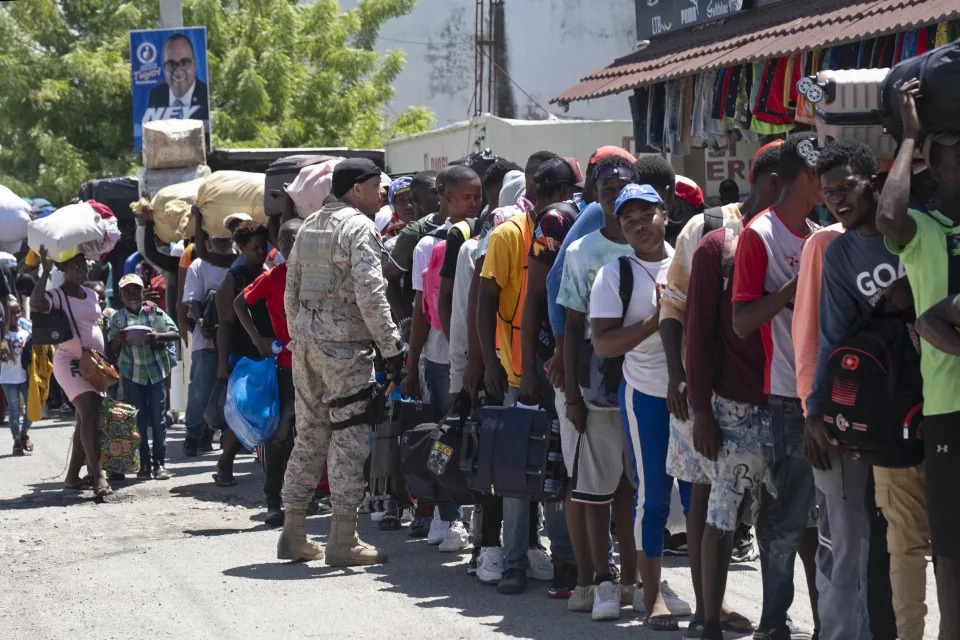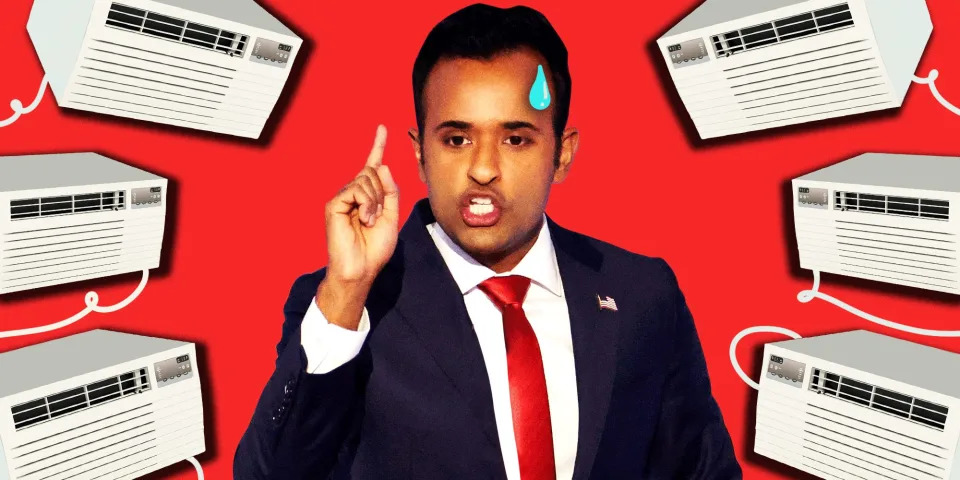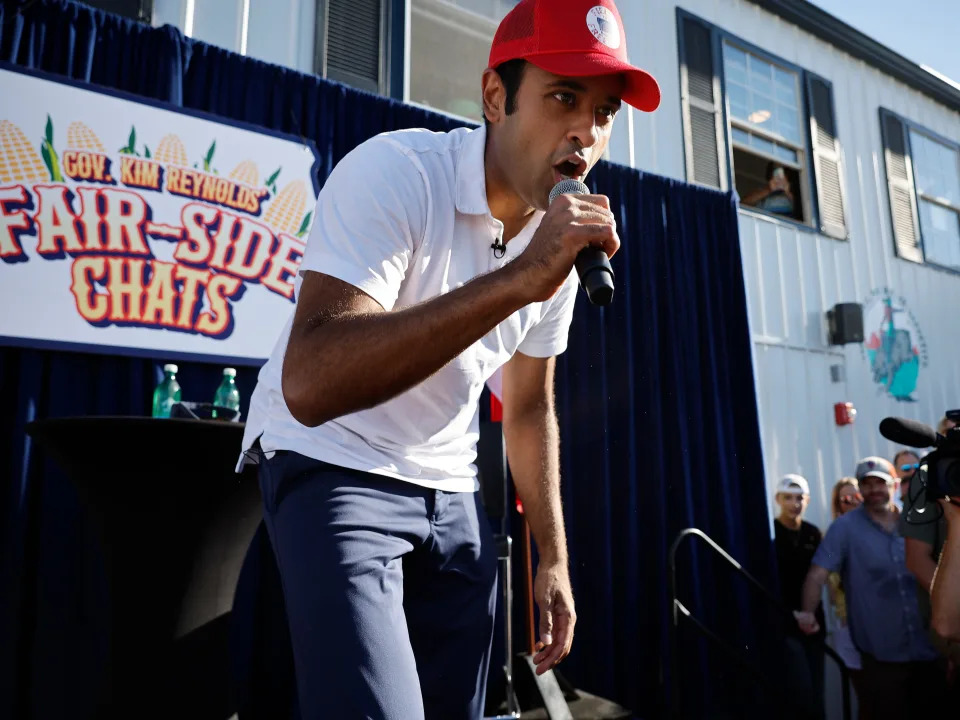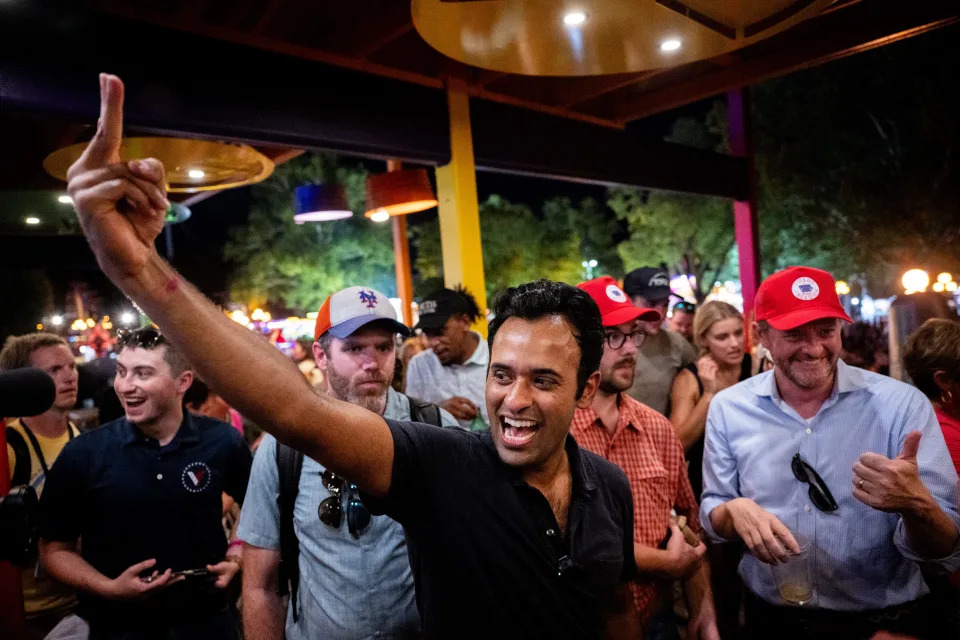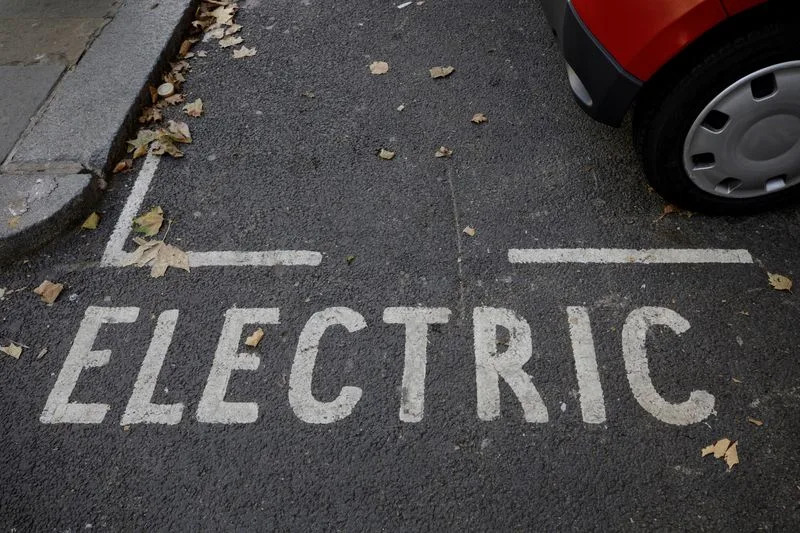Thu, September 14, 2023

(Bloomberg) -- Indian Prime Minister Narendra Modi is poised to open a Hindu temple in January where a centuries-old mosque once stood, achieving a pledge made by his nationalist party and that’s now aimed at reinvigorating his base ahead of elections next year.
Modi, 72, is expected to preside over the installation of the god Ram’s idol in the northern riverside town of Ayodhya, which is widely believed by devotees to be the Hindu deity’s birthplace. The Supreme Court handed custody of the religious site to the Hindus in 2019 after decades of bitter disputes that came to a head with deadly riots in the 1990s.
“The ceremonies to move the idol to the temple starts on January 14 and is likely to take 10-12 days,” Nripendra Misra, chairman of the temple construction committee, told reporters.
The construction of the temple and the surrounding complex, slated to be completed in 2025, is estimated to cost 15 billion rupees ($181 million), said Misra. Donations of about 30 billion rupees were collected so far for the building complex and the government didn’t give any funds, he added.
The inauguration of the temple comes about three months ahead of elections expected to be held by April and May. This helps the Hindu nationalist Bharatiya Janata Party make the case to voters that Modi should be elected for a third straight term as prime minister.
It’s a full political circle for Modi, who in 1990 was one of the main organizers of nationwide push to build a Hindu temple to replace a mosque on the site — a campaign that marked the emergence of his party as a national electoral force. The mosque’s destruction by a Hindu mob two years later sparked riots that killed 2,000 people, mostly Muslims.
The BJP used the temple issue to gain support among Hindus, increasing its vote share from two members of parliament in 1984. It led a coalition government by 1998 before losing power in 2004. It now controls more than 300 lawmakers in 543-member lower house of parliament.
The temple is the most visible manifestation of the BJP’s Hindu-first agenda. Modi’s opponents say the BJP has made the South Asian country less tolerant of minorities in the nine years it has been in control of government. This was recently exemplified by the ethnic violence in the remote, northeastern state of Manipur and communal clashes in Delhi.
Modi last week used the Group of 20 summit in New Delhi to burnish his credentials as a statesman with global diplomats and voters back home. India’s opposition parties are trying to counter Modi’s popularity by forming an alliance to ensure there won’t be many-cornered fights in the parliamentary elections.
“The opposition was never able to tackle this, and neither is it prepared now,” said Mujibur Rehman, who teaches politics at the Jamia Millia Islamia University in Delhi. “The BJP and Prime Minister Narendra Modi have never been shy of using the Ayodhya Ram temple politically, and have been honest about leveraging it for elections.”
Bloomberg Businessweek
Ornate Indian Hindu temple will open on old mosque site, fulfilling Modi’s election promise
Rhea Mogul and Vedika Sud, CNN
Fri, September 15, 2023
India’s Prime Minister Narendra Modi is close to fulfilling a decade-old election promise months out from nationwide polls with the announcement that a controversial new Hindu temple will open on disputed land in January.
The first detailed descriptions of the Ram Janmabhoomi Mandir were released on Thursday, showing the lavishly decorated structure that is being built on the site of the Babri Masjid that was destroyed by right-wing Hindu mobs in 1992.
Located in the holy city of Ayodhya in the electorally significant state of Uttar Pradesh, the temple’s interiors will be adorned with gold bars and artwork that celebrates India’s diversity, according to Nripendra Misra, chairman of the temple’s construction committee.

Hindu fundamentalists demolish the wall of the 16th century Babri Masjid mosque in the city of Ayodhya in 1992. - Douglas E. Curran/AFP/Getty Images
Modi’s Hindu nationalist BJP has campaigned for decades to construct a temple at the site, widely believed by devotees to be where Lord Ram, one of the most revered deities in Hinduism, was born.
Muslims claim the land because the mosque was built there in 1528. But many Hindus believe the Babri Masjid was built on the ruins of a Hindu temple, which was allegedly destroyed by Babar, the first Mughal emperor of South Asia.
The temple’s opening is expected to give Modi’s party a boost in the lead up to the election, making true on a promise he made to his supporters nearly a decade ago.
However, Misra said the date of its inauguration has got “nothing to do whatsoever” with the upcoming national elections.
“We are moving to January because the sun is on the south,” he said, adding its an auspicious time for the shrine to open.
Disputed land
The site of the temple, previously claimed by both Hindus and Muslims, has long been the center of controversy.
It was once home to the Babri Masjid, a 16th century mosque that was infamously desecrated by right-wing Hindus mobs with hammers and their bare hands in 1992, triggering communal violence that killed more than 2,000 people nationwide.
Dozens of temples and mosques were targeted in a series of revenge attacks after the mosque was destroyed, prompting outbursts of sectarian violence – some of the worst since India’s hasty and bloody partition following the exit of its British colonial rulers in 1947.

Hindu fundamentalists climb the dome of Babri Masjid in Ayodhya to demolish the structure on December 6, 1992.
In the following years, Hindu nationalists rallied to build the Ram Mandir on the land, setting the stage for an emotional and politically charged showdown that lasted nearly three decades.
Among the most vocal groups that pushed for the creation of the temple was Modi and his BJP, who used the topic to gain support among Hindus, who make up around 80% of the country’s 1.4 billion people.
In 2019, after a lengthy legal battle, India’s Supreme Court granted Hindus permission to build the temple on the contested site, ending the dispute. It was seen as a victory for Modi and his supporters, but came as a blow to many Muslims for whom the destruction of the Babri Masjid remains a source of tension.
When the Supreme Court delivered its verdict four years ago, Modi said the decision “has brought a new dawn” for the nation.
“The dispute may have affected generations,” Modi said. “But after this verdict, we need to resolve that a new generation, with a new start will join in the creation of a new India. Let us begin afresh and establish a new India.”
The new temple
In his briefing on Thursday, Misra gave detailed descriptions of the design of the Ram Janmabhoomi Madir, from the idols that will be placed inside the building to the source of materials used to build the shrine.
Indian engineering group Larsen and Toubro is constructing the temple on a 2.67 acre (1.08 hectares) site within a 70-acre (28 hectares) complex, Misra said, adding artists from across the country have been selected to create artwork and murals that showcase the country’s diversity.
Three sculptors have been entrusted with carving murals of Lord Ram, one of which will be picked to reside inside the sanctum sanctorum, and the temple will be adorned with gold bars created by well-known Indian jewelers, he said.
Misra said that about 100,000 devotees are expected to visit the temple everyday, meaning an individual might only be allowed inside the sanctum sanctorum for about 20 seconds, due to demand.

An artist's impression of the temple's interior provided to CNN by the temple's committee on September 14, 2023.
The temple’s construction is expected to cost about 15 billion rupees ($180 million), Misra said.
The government has not provided funds for its establishment, he added, saying donations of about 30 billion rupees ($361 million) have been collected for the complex.
Ayodhya, an ancient city of about 76,000 people in Uttar Pradesh, is an important Hindu pilgrimage site and sees millions of visitors each year.
Ayodhya has recently undergone a large infrastructural makeover, including the construction of a new international airport set to open in November, according to Misra. Some of the city’s historic and religious sites have also been restored, according to local media reports, while its roads and railways are expected to get a facelift.
Analysts say Uttar Pradesh’s BJP chief minister, the hardline Hindu monk Yogi Adityanath, has relied on a mixed strategy of economic reform and religious polarization to attract votes.
At the same time he has implemented policies that critics say favor Hindus and discriminate against minorities, particularly Muslims.
CNN


